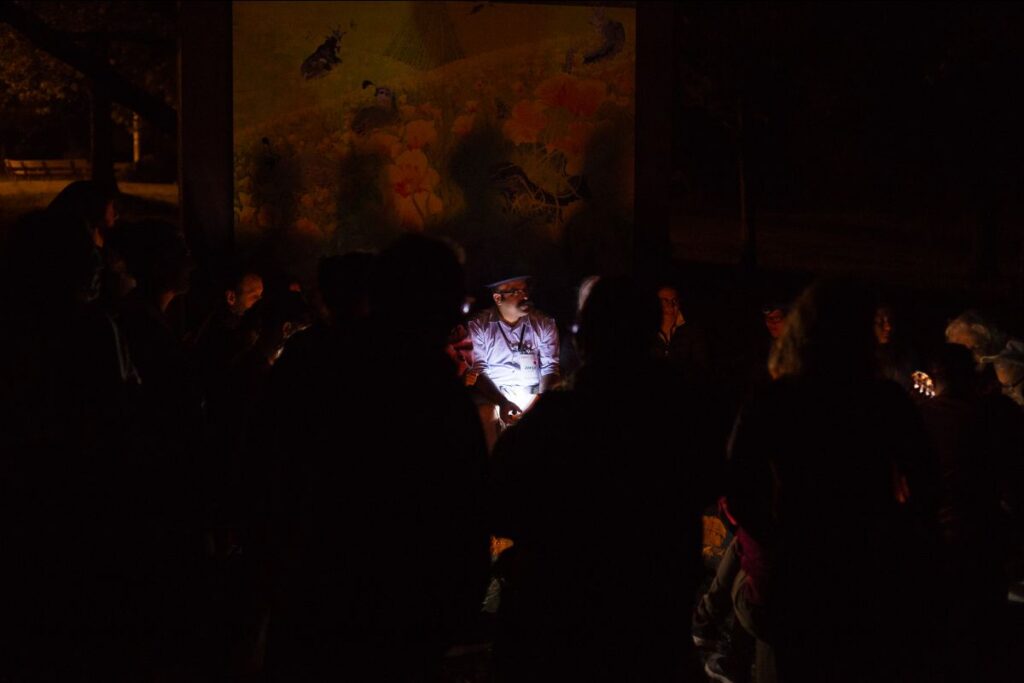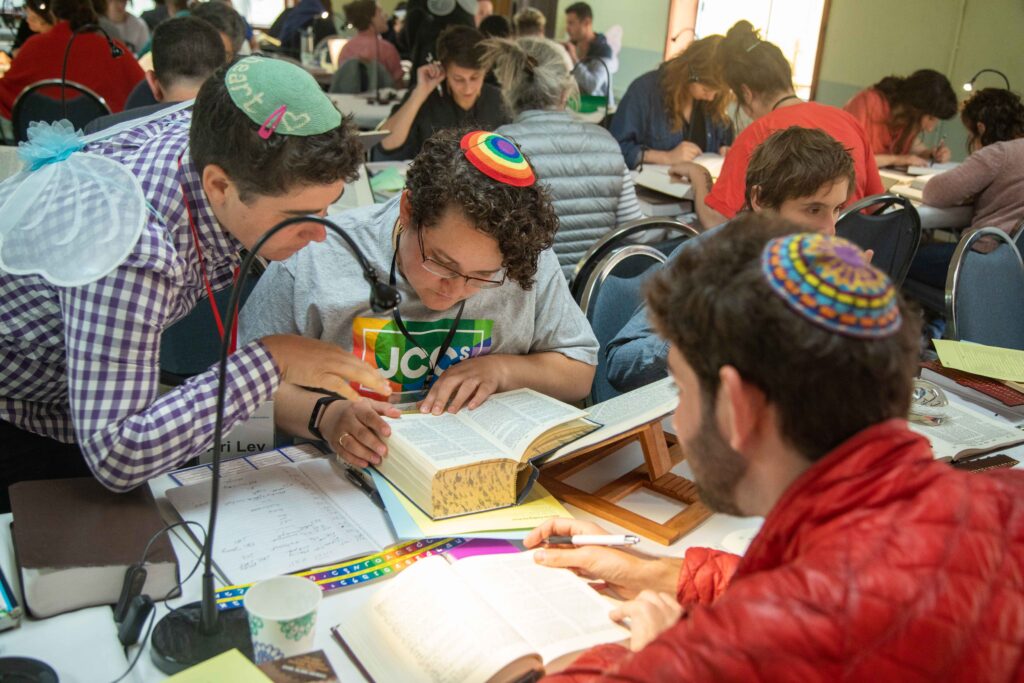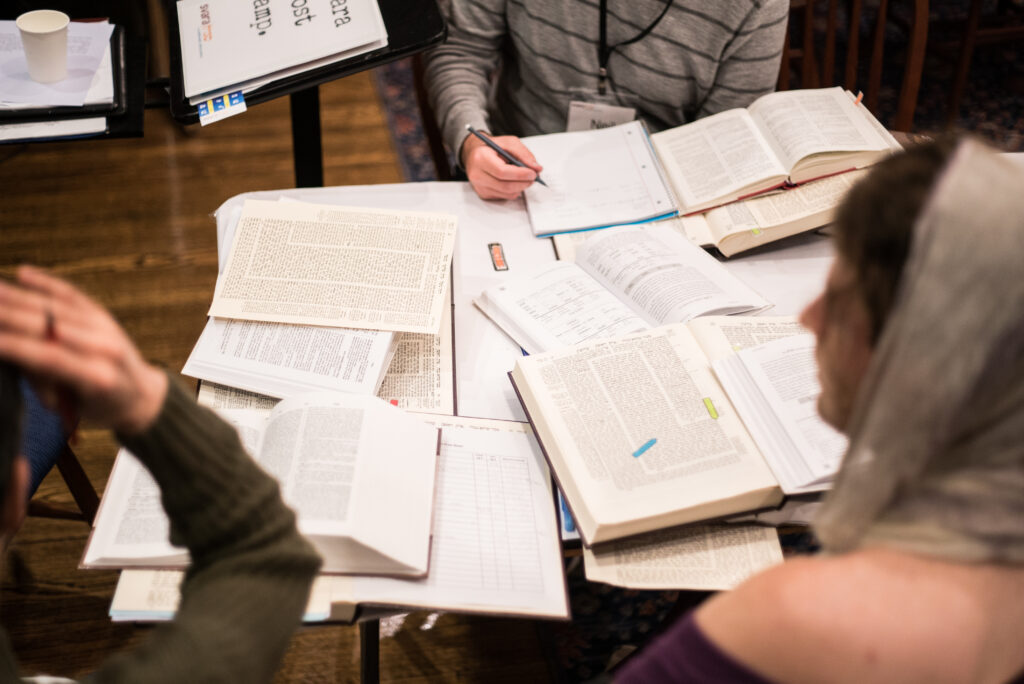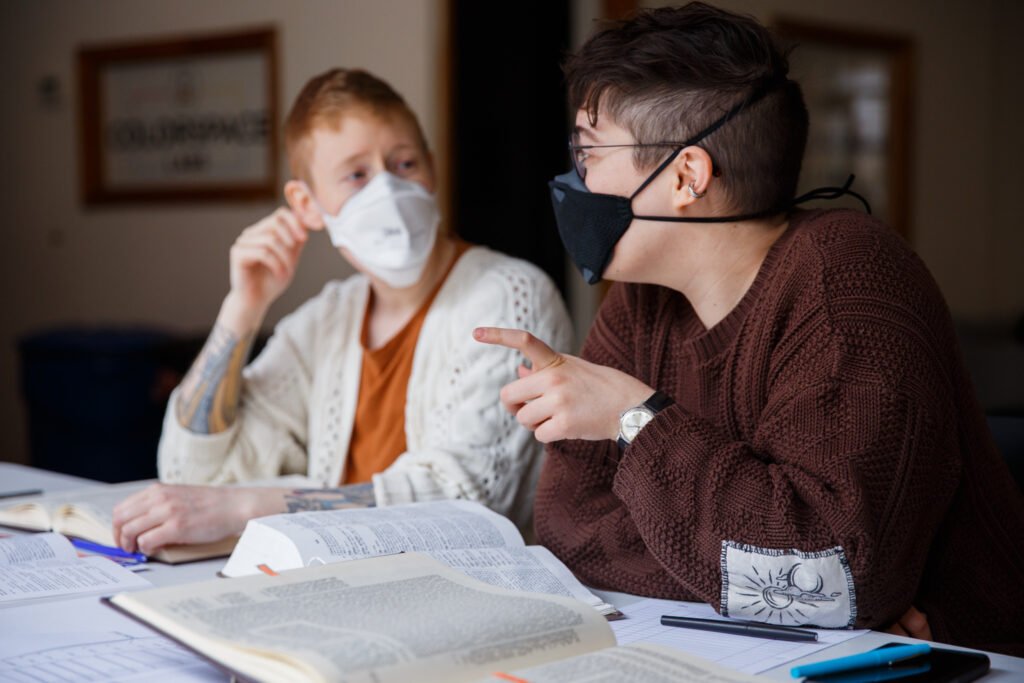Growing up, my mum, whose grandparents hailed from the Jewish community of the island of Rhodes, would always cut any hard-boiled egg we ate in half. If we happened to grab one of our own, she would always remind us to cut it before we ate. Even my dad, who was not from a Rhodesli family, would never eat his eggs whole. It was just one of the many customs, superstitions, and traditions we inherited from our Rhodesli ancestors.
When, after a funeral, he was served a traditional mourner’s meal of a whole egg, he instinctively was about to cut it, but my mum stopped him. A shiva, it turned out, is the one time we are supposed to eat a whole egg, without cutting it. The whole egg is the meal of the mourner, and so only in mourning do we eat the egg whole, thereby marking the difference between regular life and mourning, between life and death.
One such custom was the los lloros, the women’s wails. Unlike the eggs, this custom did not survive the dispersal and destruction of the Rhodesli Jewish community. After a funeral, the women would step into the street and wail, crying out what were called in Ladino los lloros. However, by the 1930s, many in the rapidly modernizing (and Westernizing) community considered los lloros to be embarrassing and outdated, not seemly or refined, and so the custom died. One survivor of the community, Stella Levi, recalls her Tia Rachel attempting to step outside to do los lloros for her mother, only to be pulled inside by her brother.
Los lloros, as well as the more universal Jewish traditions of the funeral and the shiva, made mourning a communal experience. No matter how one might have felt about death or the dead, the ritual makes mourning a practice that is public and shared. As Rabbi Elliot Kukla wrote in his piece, The Very Jewish Holiness of Crying In Public, one of the reasons we as Jews share grief is to give grief a name: “Grief that is named is still incredibly painful, but it allows us to comfort each other and treasure lost loves… Judaism is a tradition founded by outcasts and exiles and it has ancient tools for naming the importance of human life: through lamenting out loud.”
When I first learned about los lloros from Stella’s memories of Rhodes, shared in a book called One Hundred Saturdays, I recalled a practice recorded in the Talmud of the mekonenot, women who were hired to wail at funerals. In Mishnah Ketubot 4:4, Rabbi Yehudah says, “Even the poor must provide two flutes and a mekonenet (מְקוֹנָנֶת)” for a funeral. Though we do not have many details about these women, it is likely that they were similar to los lloros, wailing and keening for the dead. Mekonenet comes from the same root (k-n-h) as kinah, a poetic lament for the dead. Though we may not still hire mekonenot for funerals, the kinah lives on, and still performs the same role as las lloros and the mekonenot: making grief a shared experience. This practice often comes to life on Tisha b’Av, when many communities sit and recite kinot together, along with the reading of Eicha, also known as Lamentations in English and as the Book of Kinot by the Rabbis.
There are many traditional liturgies for the kinot of Tisha b’Av, drawing from centuries of Jewish poetry and tragedy. One Ashkenazi rite, as published by Koren (the edition I happen to own), contains older kinot by Elazar haKallir (c. 6-7th century), members of the Tosafot (11-14th century), Spanish poets such as Yehudah HaLevi and ibn Gabirol (11th-14th century), and contemporary rabbis. These kinot cover tragedies ancient and modern: the destruction of the First and Second Temple, the massacres of the First Crusade, and the Shoah. Sephardic liturgies often contain what are sometimes called kinot ketanot (small kinot) about the Expulsion of the Jews from Spain. Generally, kinot are not sung, but recited, until the final kinah, Eli Tziyon.
But even if they do share a root, sitting on the floor and reciting kinot in Hebrew seems a different expression of grief than the mekonenot or las lloros. The wailing women keened at funerals and shivas for people recently deceased, not tragedies from before living memory. The Crusades and the Expulsion occurred centuries ago; the Temple was destroyed two millennia ago. Among the tragedies of Tisha b’Av in the liturgy, only the Holocaust occurred in living memory. Reciting kinot, if one even can make the time for it, can feel like an inauthentic performance of grief rather than an authentic outpouring of it.
But what links kinot, the egg, las lloros, and the mekonenot is that in the performance of these rituals of mourning, grief becomes performative, as these practices change the reality of the world around us. In other words, these rituals do not just reflect our grief but produce it, make it real, and make it shared. Rather than a spontaneous expression, kinot can allow us to tap into a well of grief on command. When you sit down and give yourself over to the low drone of the kinot and the mournful tones of Eicha, the emotional experience of Tisha b’Av, the grief of millennia of tragedy, loss, death, and destruction, can become real. Entering into the mourning space of Tisha b’Av allows the wails, the grief, and the kinot of people who have been dead for thousands of years to be held, shared, and felt. That is the magic of ritual and of Tisha b’Av.
Of course, finding that magic isn’t easy. Fasting (if one is permitted to do so), sitting on the floor, and reciting kinot is one way to open the door to that magic, but sometimes it just means thinking about tonight’s meal while sitting on an uncomfortable floor and muttering words. Hearing women wail on the street likewise opens the door, but it does not always make the listener grieve. It is easy to turn our back, intentionally or not, on the tears of others. Beyond that, kinot are just one way to mark Tisha b’Av. There are many different rituals of grief, and the list of things to grieve grows longer and longer. While many communities have a set list of kinot from centuries ago, anyone can write a kinah that can be just as powerful. There is not one right way to do Tisha b’Av.
But when kinot, old and new, do their thing, our grief can transcend time and space to bring us into shared grief with our ancestors, our communities, and our world. Just as the mekonenot and las lloros bring the mourners’ grief to the whole community, so to kinot and the rituals of Tisha b’Av bring the griefs of the past to the present — bringing us together across time and space to hold and to care for one another.







